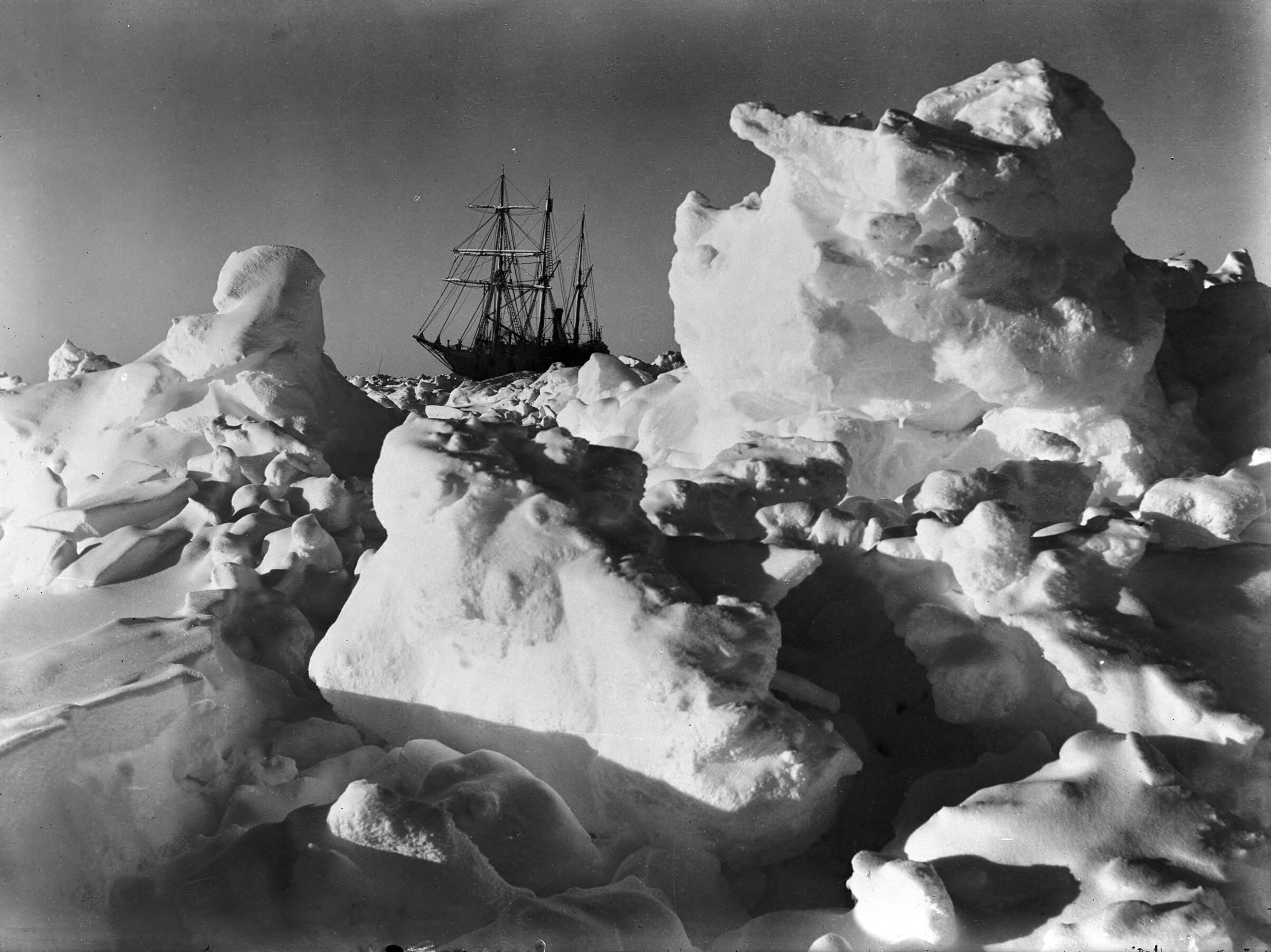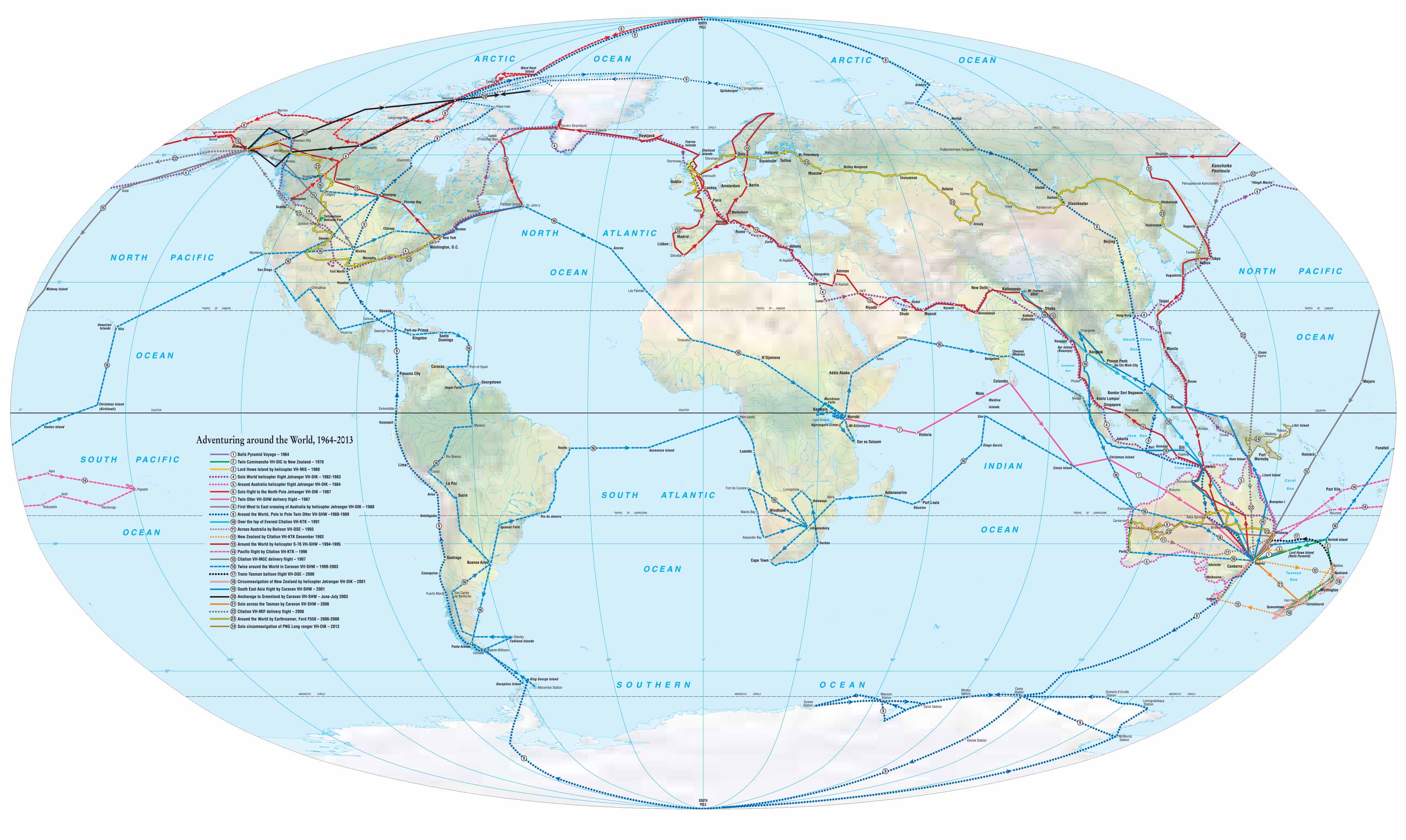|
Frenchmans Cap
Frenchmans Cap is a mountain in the West Coast region of Tasmania, Australia. The mountain is situated in the Franklin-Gordon Wild Rivers National Park. At above sea level, it is within the top thirty highest mountains in Tasmania. Location The mountain lies east of the West Coast Range, yet due to its prominence, it can be seen from Macquarie Harbour. It lies south of the Lyell Highway from which it can be viewed from various locations, and south west of Cradle Mountain-Lake St Clair National Park. The peaks of the Frenchmans area include Frenchmans Cap (), Clytemnestra and Philps Peak (both ), and Philps Ridge (). Etymology The mountain lies in the traditional lands of the Aboriginal Tasmanians, most likely the Toogee nation. The traditional names for Frenchmans Cap are trullenuer (trul.len.neur), toindy (toin.dy) or mebbelek. Even though the peak was an early landmark for ships sailing the west coast, the first recorded use of Frenchmans Cap was in 1822 in connection wi ... [...More Info...] [...Related Items...] OR: [Wikipedia] [Google] [Baidu] |
Tasmania
) , nickname = , image_map = Tasmania in Australia.svg , map_caption = Location of Tasmania in AustraliaCoordinates: , subdivision_type = Country , subdivision_name = Australia , established_title = Before federation , established_date = Colony of Tasmania , established_title2 = Federation , established_date2 = 1 January 1901 , named_for = Abel Tasman , demonym = , capital = Hobart , largest_city = capital , coordinates = , admin_center = 29 local government areas , admin_center_type = Administration , leader_title1 = Monarch , leader_name1 = Charles III , leader_title2 = Governor , leader_name2 ... [...More Info...] [...Related Items...] OR: [Wikipedia] [Google] [Baidu] |
The Courier (Hobart)
''The Courier'' is a newspaper founded in 1827 in Hobart, Tasmania, as ''The Hobart Town Courier''. It changed its name to ''The Hobart Town Courier and Van Diemen's Land Advertiser'' in 1839, settling on ''The Courier'' in 1840. By 1830 the newspaper was printing 750 copies per issue. In 1859 it merged with '' The Hobart Town Daily Mercury''. ''The Mercury'' is a daily newspaper, published in Hobart, Tasmania, Australia, by Davies Brothers Pty Ltd, part of News Corp Australia and News Corp. The weekend issues of the paper are called '' Mercury on Saturday'' and ''Sunday Tasmanian''. *Title- ''The Hobart Town Mercury'' lectronic resource *Publisher- John Davies, 1857. *Description- Digitised as part of the Australian Newspapers service which allows access to historic Australian newspapers. Also available on microfilm. Electronic reproduction. Canberra, A.C.T., : National Library of Australia, 2008–2009 (Australian newspapers). Vol. 4, no. 379 (Feb. 2, 1857)-v. 6, no. 640 ... [...More Info...] [...Related Items...] OR: [Wikipedia] [Google] [Baidu] |
Barry Maitland
Barry Maitland (born 1941 in Scotland) is an Australian author of crime fiction. After studying architecture at Cambridge, Maitland practised and taught in the UK before moving to Australia, where he became a Professor of Architecture at the University of Newcastle. He retired in 2000 and took up writing full-time. Novels Brock and Kolla Maitland has written a series of crime novels known as the Brock and Kolla novels, focussing on Scotland Yard detectives, DCI David Brock and DS Katherine Kolla : #''The Marx Sisters'' (1994) #'' The Malcontenta'' (1995) #''All My Enemies'' (1996) #''The Chalon Heads'' (1999) #''Silvermeadow'' (2000) #''Babel'' (2002) #''The Verge Practice'' (2003) #''No Trace'' (2004) #''Spider Trap'' (2006) #''Dark Mirror'' (2009) #''Chelsea Mansions'' (2011) #''The Raven's Eye'' (2013) #''The Promised Land'' (2019) #''The Russian Wife'' (2021) Harry Belltree trilogy In September, 2014 Maitland published the first of the Harry Belltree trilogy. #''Crucifi ... [...More Info...] [...Related Items...] OR: [Wikipedia] [Google] [Baidu] |
Frank Hurley
James Francis "Frank" Hurley (15 October 1885 – 16 January 1962) was an Australian photographer and adventurer. He participated in a number of expeditions to Antarctica and served as an official photographer with Australian forces during both world wars. His artistic style produced many memorable images. He also used staged scenes, composites and photographic manipulation. Early life Frank Hurley was the third of five children to parents Edward and Margaret Hurley and was raised in Glebe, a suburb of Sydney, Australia.McGregor (2004) p 8 He ran away from home at the age of 13 to work on the Lithgow steel mill, returning home two years later to study at the local technical school and attend science lectures at the University of Sydney. When he was 17 he bought his first camera, a 15-shilling Kodak Box Brownie which he paid for at the rate of a shilling per week. He taught himself photography and set himself up in the postcard business, where he gained a reputation ... [...More Info...] [...Related Items...] OR: [Wikipedia] [Google] [Baidu] |
Traditional Climbing
Traditional climbing (or Trad climbing) is a style of rock climbing in which the climber places all the necessary protection gear required to arrest any falls as they are climbing, and then removes it when the pitch is complete (often done by the second/follow-on climber). Traditional bolted aid climbing means the bolts were placed while on lead and/or with hand drills (the bolts tend to be much farther apart than for sport climbs). Traditional climbing carries a higher level of risk than bolted sport climbing, as the climber may not have placed the safety equipment correctly while trying to ascend the route; for some of the world's hardest climbs (e.g. '' Realization/Biographie''), there may not be sufficient cracks or features in the rock that can accept protection gear, and the climb can only be safely attempted by bolting as a sport climb. Overview Characterizing climbing as ''traditional'' distinguishes it from bolted climbing—either trad bolted or sport climbing ... [...More Info...] [...Related Items...] OR: [Wikipedia] [Google] [Baidu] |
Mount Ossa (Tasmania)
Mount Ossa is the highest mountain in Tasmania, with a summit elevation of above sea level. It makes up part of the Pelion Range within Cradle Mountain-Lake St Clair National Park in the Central Highlands region of Tasmania, Australia. It was first surveyed by Europeans in the 1860s, and confirmed to be the state's high point in 1954. Like most peaks in the area it is capped with Jurassic dolerite. History The Mount Ossa highland area spans the boundary between the Big River and Northern Tasmanian Aboriginal nations. Several artifacts and campsites containing various stone types and tools have been discovered around Pelion to the north, and Lake St Clair (Tasmania) to the south. It was first surveyed by Charles Gould in the 1860s and named after Mount Ossa in Greece following the theme of classical Greek names set by George Frankland, an early Tasmanian surveyor. However, its location was marked as on what is now called Mount Nereus, and later surveyors alternatively re ... [...More Info...] [...Related Items...] OR: [Wikipedia] [Google] [Baidu] |
Lake Burbury
Lake Burbury is a man-made water reservoir created by the Crotty Dam inundating the upper King River valley that lies east of the West Coast Range. Discharge from the reservoir feeds the John Butters Hydroelectric Power Station, owned and operated by Hydro Tasmania. The reservoir was named in honour of Stanley Burbury, a former Governor of Tasmania. Water source The lake is fed mainly by rivers from the north, including the upper King River, and the Eldon River. Valleys that open to the area include the Linda Valley. It also has a natural lake just north of its northern shore known as Lake Beatrice which is at the eastern end of Mount Sedgwick. It has a surface area of . Fishing It is popular as a fishing lake, but is susceptible to extreme weather. Its feeder rivers are the upper King, Nelson, Princess, and Eldon Rivers. There are design features in the Crotty Dam to lower the surface level rapidly in the event of severe floodwaters. The lake has the "Bradshaw" bri ... [...More Info...] [...Related Items...] OR: [Wikipedia] [Google] [Baidu] |
Dick Smith (entrepreneur)
Richard Harold Smith (born 18 March 1944) is an Australian entrepreneur, aviator and philanthropist. He holds a number of aviation world records and is the founder of Dick Smith Electronics, ''Australian Geographic'' and Dick Smith Foods. He was selected as 1986 Australian of the Year. In 2010, he founded the media production company Smith&Nasht with the intention of producing films about global issues. In 2015, he was awarded the Companion of the Order of Australia. He is a fellow of the Committee for Skeptical Inquiry. Early life Smith's father was a salesman and sometime manager at Angus & Robertson's bookstore. He started a business that failed when Smith was 17, and his mother a housewife. His maternal grandfather was pictorialist photographer Harold Cazneaux. As a child, Smith was considered academically hopeless and, having a speech defect, called himself "Dick Miff". From his home in East Roseville, Smith attended primary school at Roseville Public School at which, ... [...More Info...] [...Related Items...] OR: [Wikipedia] [Google] [Baidu] |
Duckboards
A boardwalk (alternatively board walk, boarded path, or promenade) is an elevated footpath, walkway, or causeway built with wooden planks that enables pedestrians to cross wet, fragile, or marshy land. They are also in effect a low type of bridge. Such timber trackways have existed since at least Neolithic times. Some wooden boardwalks have had sections replaced by concrete and even "a type of recycled plastic that looks like wood." History An early example is the Sweet Track that Neolithic people built in the Somerset levels, England, around 6000 years ago. This track consisted mainly of planks of oak laid end-to-end, supported by crossed pegs of ash, oak, and lime, driven into the underlying peat. The Wittmoor bog trackway is the name given to each of two prehistoric plank roads, or boardwalks, trackway No. I being discovered in 1898 and trackway No. II in 1904 in the ''Wittmoor'' bog in northern Hamburg, Germany. The trackways date to the 4th and 7th century AD, both link ... [...More Info...] [...Related Items...] OR: [Wikipedia] [Google] [Baidu] |
Tasmania Parks And Wildlife Service
Tasmania Parks and Wildlife Service is the government body responsible for protected areas of Tasmania on public land, such as national parks, historic sites and regional reserves. Historically it has also had responsibility for managing wildlife, including game. History The National Parks and Wildlife Service was set up on 1 November 1971 after controversy surrounding the proposal to flood Lake Pedder and the unsuccessful attempts to prevent the project going ahead. A Select Committee formed from the interested parties recommended the establishment of a professional park service to properly manage the natural environment in Tasmania. The service initially had a staff of 59. The '' National Parks and Wildlife Act 1970'' had made provisions for the conservation of fauna and flora and the establishment and management of national parks. Mount William, Maria Island and Narawntapu National Parks were set up and Macquarie Island designated as a nature reserve. The creation of an Ar ... [...More Info...] [...Related Items...] OR: [Wikipedia] [Google] [Baidu] |
The Mercury (Hobart)
''The'' ''Mercury'' is a daily newspaper, published in Hobart, Tasmania, Australia, by Davies Brothers Pty Ltd (DBL), a subsidiary of News Corp Australia, itself a subsidiary of News Corp. The weekend issues of the paper are called ''Mercury on Saturday '' and ''Sunday Tasmanian''. The current editor of ''The'' ''Mercury'' is Craig Warhurst. History The newspaper was started on 5 July 1854 by George Auber Jones and John Davies. Two months subsequently (13 September 1854) John Davies became the sole owner. It was then published twice weekly and known as the ''Hobarton Mercury''. It rapidly expanded, absorbing its rivals, and became a daily newspaper in 1858 under the lengthy title ''The Hobart Town Daily Mercury''. In 1860 the masthead was reduced to ''The Mercury'' and in 2006 it was further shortened to simply ''Mercury''. With the imminent demise of the ( Launceston) ''Daily Telegraph'', ''The Mercury'', from March 1928, used the opportunity to increase their penetration th ... [...More Info...] [...Related Items...] OR: [Wikipedia] [Google] [Baidu] |





